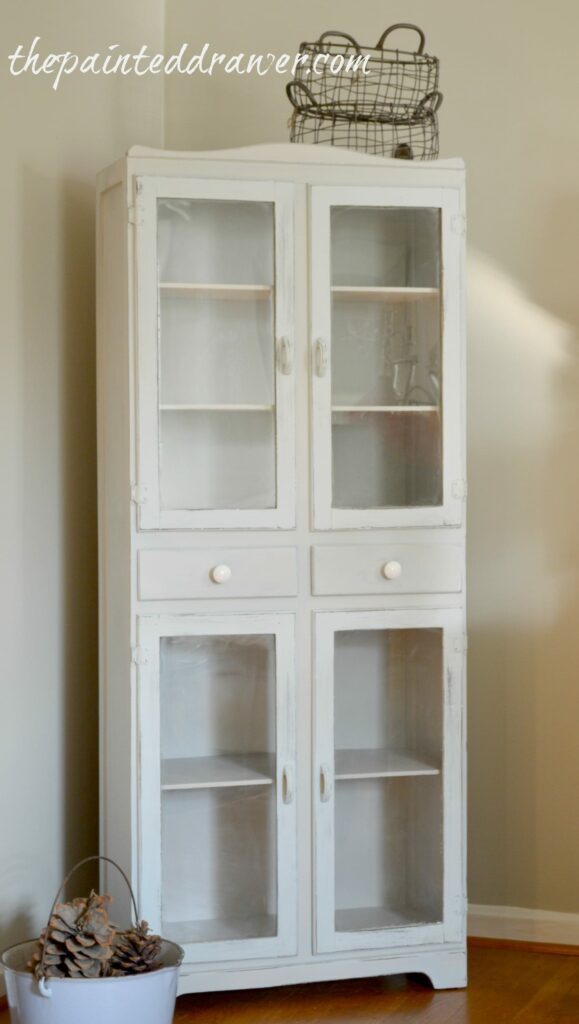Nobody wants to think about having to deal with difficult and painful periods in our lives, especially when they endanger the safety of our families. However, when threats like floods, storms, and wildfires become more common and dramatic around the world, it is important to consider what extra precautions we can take to preserve both our house and our way of life during times of crisis.
Photo by Josep Castells on Unsplash
Protection Against Storm Damage
Storm damage is one of the threats that are likely to affect the majority of people. Even regions that are not prone to severe winds and heavy rains might be caught in the path of a storm. Investing in basic upkeep is one of the best ways to ensure that your property will withstand storm damage. It is crucial to work with a roofing contractor to verify there is no damage or missing shingles, to fix any loose siding, and ensure that windows and doors are properly sealed.
Protection Against Floods
Some regions are far more vulnerable to flooding than others, whether owing to elevation concerns, proximity to rivers, or proximity to the shore. However, some of the worst flooding disasters occur out of nowhere as a result of unprecedented volumes of rainfall in the area. Effective home drainage, ensuring that water flows away from the home, and investing in a sump pump can all help you avoid a flooded basement.
However, prevention is better than cure, and you can invest in steps to keep water from entering the property as much as possible, such as interim barriers for windows and doors, as well as a one-way valve on your pipes that can prevent water from rising into the structure. It’s also a good idea to have contacts like Z PLUMBERZ in your contact book in case the house does sustain some water damage.
Stay Stocked Up
To be able to cope in a crisis, you may need to take care of your family’s requirements for extended periods of time while there are no distribution network connections. To that end, a “go bag” or catastrophe supplies kit may be exactly what you require. You should prepare enough supplies to keep you fed, supplied, and safe for 72 hours or more in a kit that fits in roughly two backpacks that the adults in the family can carry.
Not only should non-perishable food and water be included in emergency supply kits, but so should first aid kits, prescription medication, any important documents such as insurance or homeownership evidence, some cash, and sleeping supplies for each individual, such as sleeping bags or blankets. There are also pre-made go bags available for purchase if you like.
You can’t prepare your home for each and every emergency, but you can make sure you’re as prepared as possible when one does. The suggestions above are only a few things to think about in order to make your home as emergency-ready as possible. Consider the environmental and other types of dangers that your home may be vulnerable to and make the necessary preparations.
Please note that some of the links above and below are affiliate links, and at no additional cost to you. All opinions are my own.








